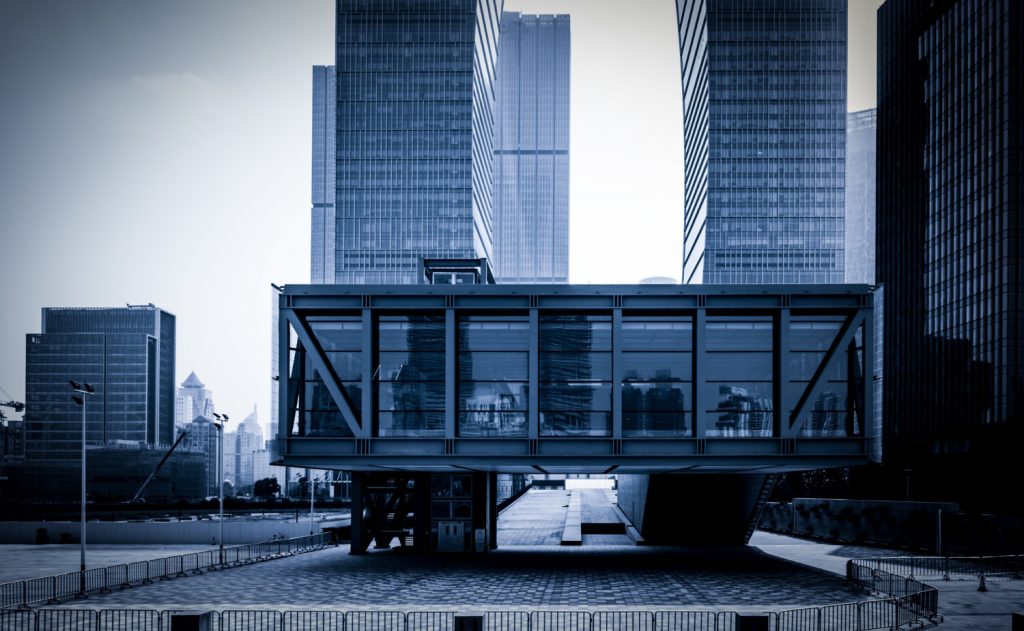The commercial construction industry is undergoing a significant transformation, driven by Artificial Intelligence (AI) and automation. These technologies are revolutionizing how projects are designed, executed, and managed. With efficiency, precision, and cost-effectiveness at the forefront, AI and automation are shaping the future of commercial construction in ways we’ve never seen before.
Let’s explore how these advancements are making an impact and why businesses like GC44 are embracing them to deliver exceptional results.
1. Smarter Design and Planning
AI-powered tools are transforming the design and planning stages of commercial construction. By analyzing constraints like budget, timelines, and resource availability, AI generates optimized designs and project plans.
How It Works:
- AI algorithms process historical project data to identify patterns and create multiple design options.
- Tools like BIM (Building Information Modeling) integrate AI to provide 3D models and simulations.
Fact: Projects using AI-enhanced BIM have been shown to reduce design errors by up to 60%, cutting down costly revisions.
2. Cost Reduction Through Resource Management
Labor typically accounts for 40-50% of construction costs. AI helps predict labor requirements, schedule tasks efficiently, and optimize workforce allocation.
Key Benefits:
- Reduced Overtime: Predictive analytics prevent over-scheduling and underutilization of resources.
- Material Optimization: AI algorithms calculate precise material requirements, reducing waste.
Pro Tip: GC44 leverages AI to enhance labor efficiency and minimize delays, saving clients money without compromising quality.
3. Real-Time Monitoring for Enhanced Efficiency
AI enables real-time monitoring of construction sites through drones, cameras, and sensors. This technology identifies potential issues before they escalate, ensuring projects stay on track.
Examples of AI Monitoring:
- Identifying structural inconsistencies.
- Tracking worker compliance with safety protocols.
Fact: Real-time AI monitoring has been shown to improve project efficiency by 25-30% by addressing issues proactively.
4. Automation of Repetitive Tasks
Repetitive and labor-intensive tasks, like bricklaying, welding, and painting, are now being automated through robotics. This not only speeds up construction but also ensures higher accuracy.
Examples of Automated Tasks:
- Robotic Arms: Handle precise assembly and welding tasks.
- 3D Printing: Produces building components with exact specifications.
Fact: A single construction robot can complete tasks at 3x the speed of human workers, significantly reducing project timelines.
5. Predictive Maintenance and Sustainability
AI extends its benefits beyond construction, enabling predictive maintenance for commercial buildings. By analyzing energy consumption and equipment data, AI identifies inefficiencies and suggests solutions.
Why It Matters:
- Energy Efficiency: Solar panels, HVAC systems, and lighting are optimized for minimal energy waste.
- Reduced Downtime: Early detection of issues prevents costly breakdowns.
Fact: Predictive maintenance can reduce equipment maintenance costs by 15-20% and unplanned downtime by 30%.
6. Improved Safety on Construction Sites
Safety is a top priority in commercial construction, and AI is playing a critical role in preventing accidents. AI-powered systems analyze data from sensors and cameras to detect unsafe conditions and alert workers.
Key Applications:
- Identifying improper use of personal protective equipment (PPE).
- Detecting potential hazards like unstable scaffolding.
Fact: Construction sites using AI-based safety systems have reduced workplace injuries by 25%.
7. Sustainability and Waste Reduction
AI contributes to eco-friendly construction by reducing material waste and optimizing resources. Automated systems help create sustainable designs and practices that align with environmental standards.
Key Benefits:
- Material Efficiency: AI calculates exact material needs, reducing surplus and waste.
- Green Building Designs: Tools suggest energy-efficient layouts and materials.
Fact: The global AI in construction market is projected to grow to $1.35 trillion by 2030, largely driven by sustainability demands.
Case Study: GC44’s AI-Driven Approach
GC44 has been at the forefront of integrating AI and automation into commercial construction projects. In a recent project:
- AI optimized material usage, reducing waste by 15%.
- Automated systems completed repetitive tasks 40% faster than traditional methods.
- Real-time monitoring ensured the project stayed within budget and on schedule.
Challenges and the Path Forward
While AI and automation offer immense benefits, challenges like high initial costs and a learning curve for adopting new technologies remain. However, as the industry continues to evolve, these barriers are gradually being addressed.
Final Thoughts
AI and automation are not just reshaping the commercial construction industry—they’re setting new benchmarks for efficiency, safety, and sustainability. At GC44, we’re proud to leverage these technologies to deliver cutting-edge solutions for our clients.
Ready to explore how AI and automation can transform your commercial construction project? Contact GC44 today to learn more!






